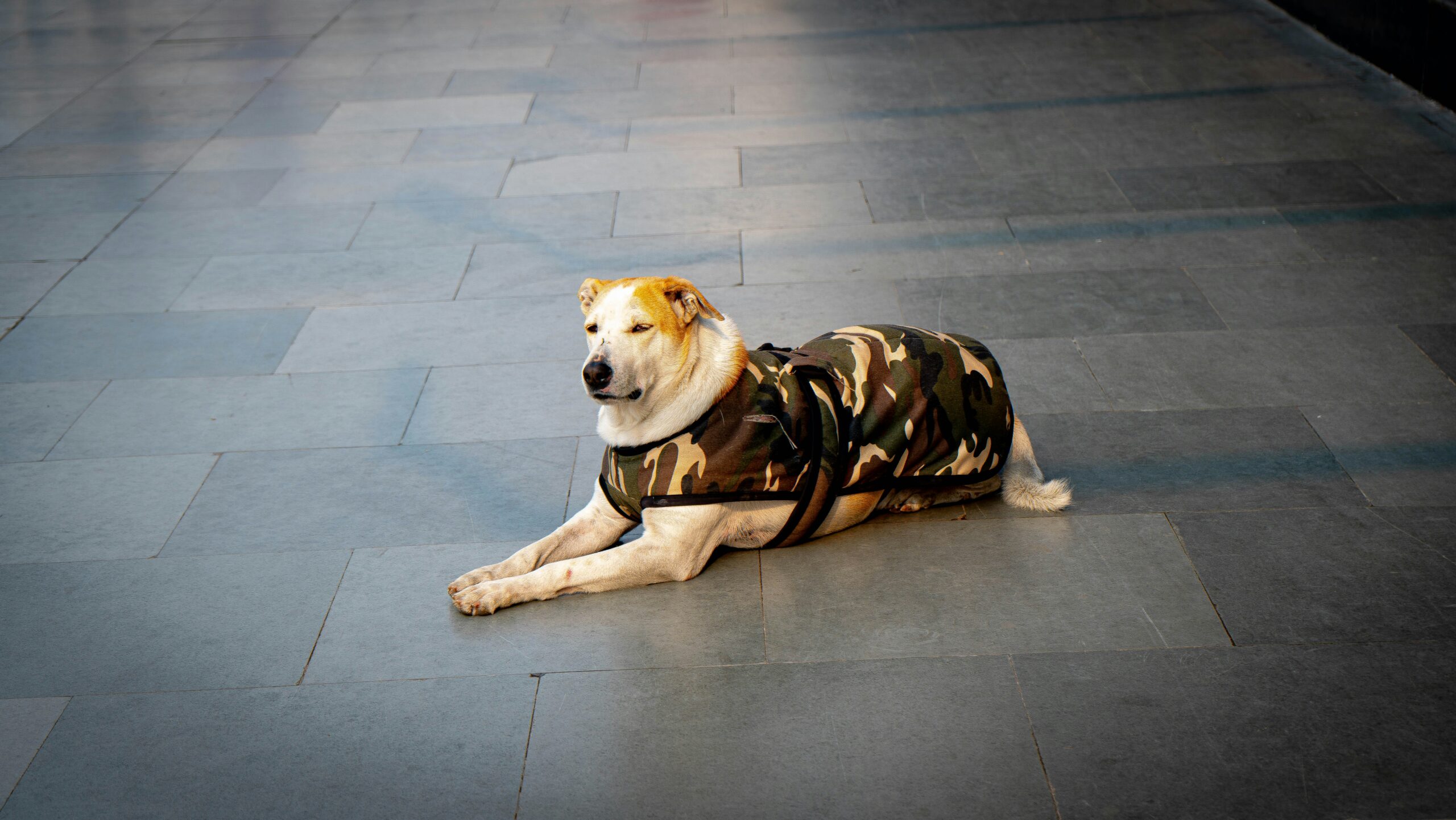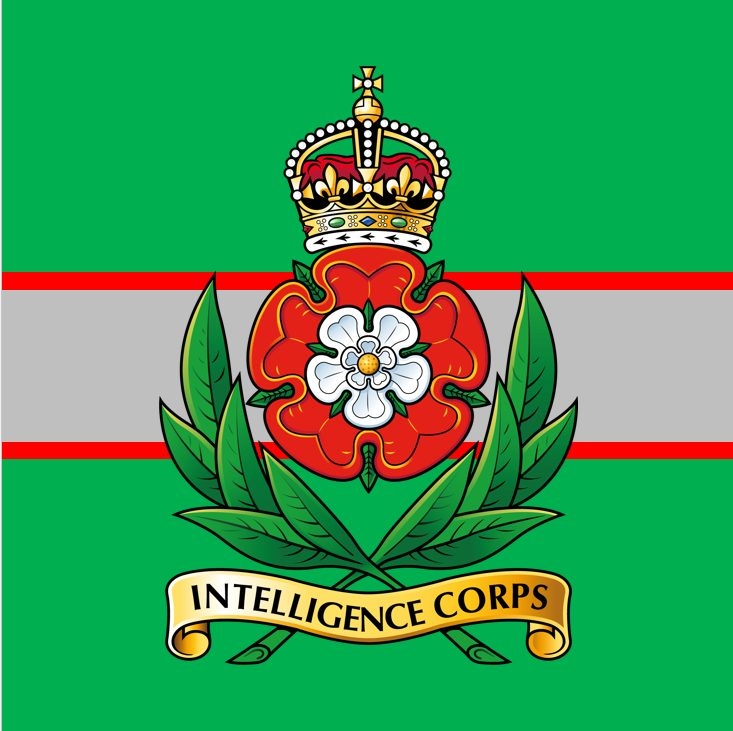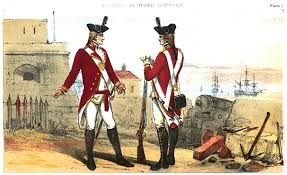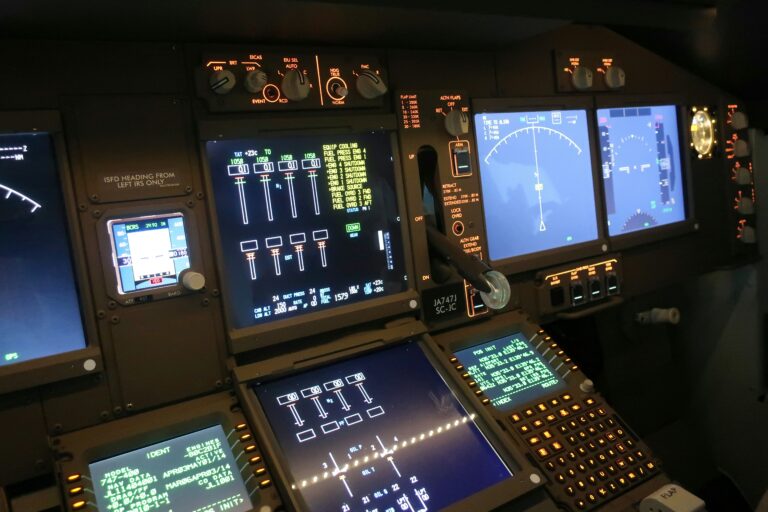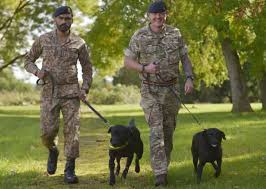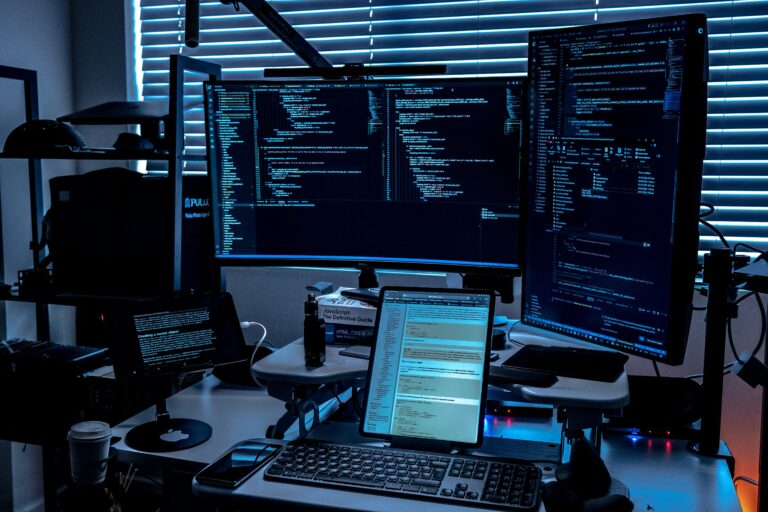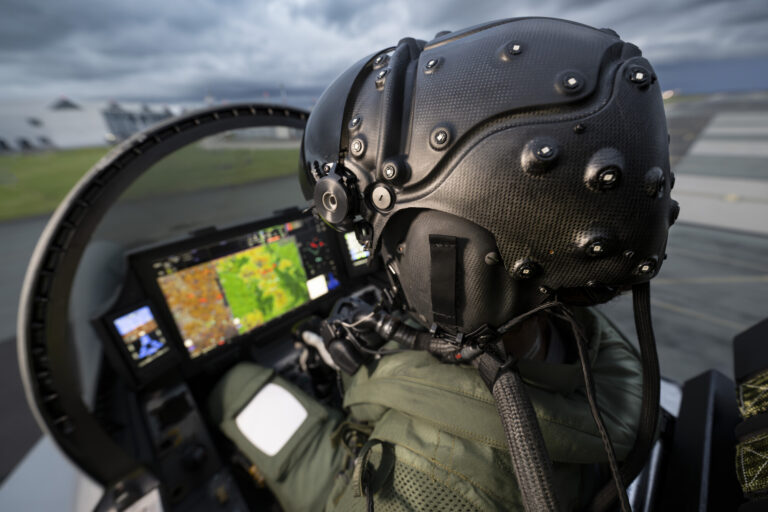Military Dog Handlers
Introduction
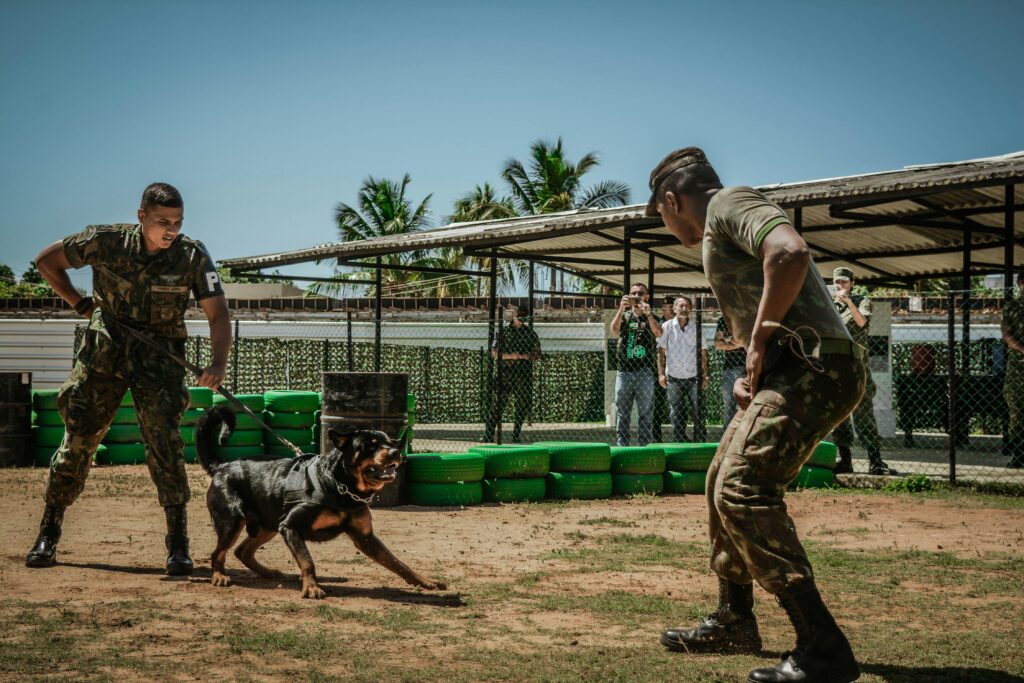
Behind every highly trained military working dog is a dedicated dog handler — a soldier who forges a deep bond of trust, discipline, and communication with their canine partner. In the British Armed Forces, dog handlers play a pivotal role in operations, from detecting explosives and guarding sensitive sites, to tracking enemy combatants and search and rescue.
This article explores the vital work of UK military dog handlers, their training, operational roles, and the powerful human-animal partnerships at the heart of their mission.
The Role of a Military Dog Handler
Military Dog Handlers are specialist personnel trained to manage Military Working Dogs (MWDs) across a range of military tasks. Handlers and their dogs are deployed to both domestic and foreign operational theatres, supporting infantry units, special forces, and law enforcement.
Key responsibilities include:
- Detection: Locating explosives, weapons, drugs, and hidden personnel
- Patrol and protection: Guarding military facilities or escorting detainees
- Search and tracking: Locating missing persons, enemy hideouts, or IED threats
- Public order: Crowd control and riot defence during civil unrest or deployments
Dogs used are trained in specific disciplines, often with overlapping capabilities depending on mission needs.
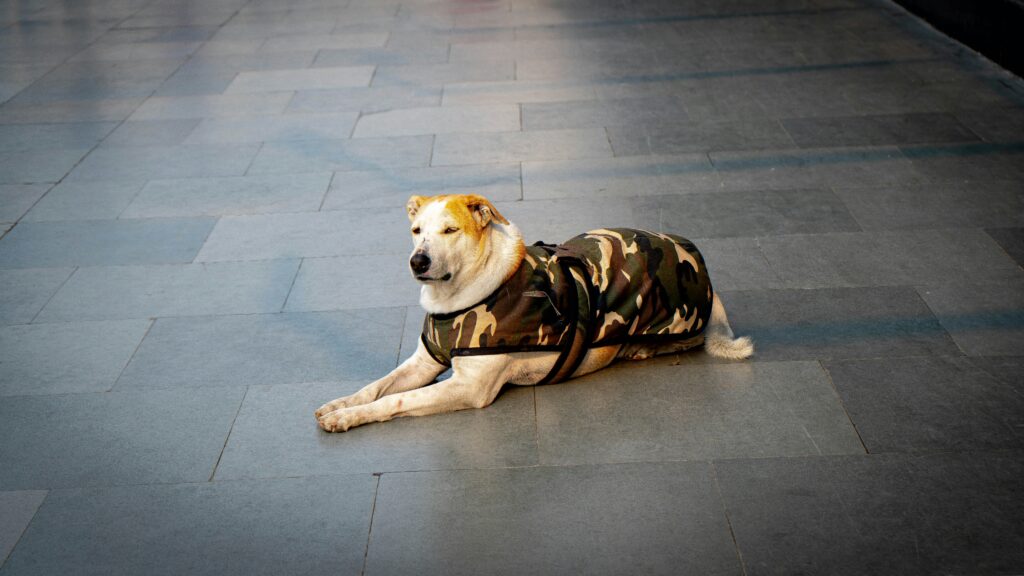
Types of Military Working Dogs
The British military uses several types of dogs, each chosen for temperament, agility, intelligence, and scenting ability:
- Protection Dogs
- Often Belgian Malinois, German Shepherds, or Dutch Shepherds
- Trained to patrol, pursue, and detain hostile individuals
- Detection Dogs
- Common breeds: Springer Spaniels, Labradors, and Cocker Spaniels
- Used to sniff out explosives (E.D.D), drugs (D.D.D), or firearms
- Specialist Search Dogs (SSD)
- Used by Royal Engineers or EOD units
- Capable of off-lead detection in complex terrain
- Tracker Dogs
- Trained to follow human scent over long distances
- Vital in locating insurgents or missing personnel in war zones
Training Pathway for Dog Handlers
Becoming a military dog handler is a competitive and physically demanding process. There are different routes based on service branch:
British Army – Royal Army Veterinary Corps (RAVC)
- Basic soldier training (Phase 1)
- Specialist handler course at Defence Animal Training Regiment (DATR) in Melton Mowbray
- Includes:
- Dog psychology and behaviour
- Handling techniques (on-lead/off-lead)
- Canine first aid
- Kennel husbandry
- Operational scenarios (vehicle searches, public order, IED detection)
RAF – Police Dog Handlers
- Part of the RAF Police
- Train at RAF Honington and DATR
- Often support airbase security and counter-terrorism operations
Royal Navy and Royal Marines
- Dog handling roles limited but occasionally sourced through joint operations with RAVC or UKSF
- Navy handlers may work in port and ship security or with SBS canine units
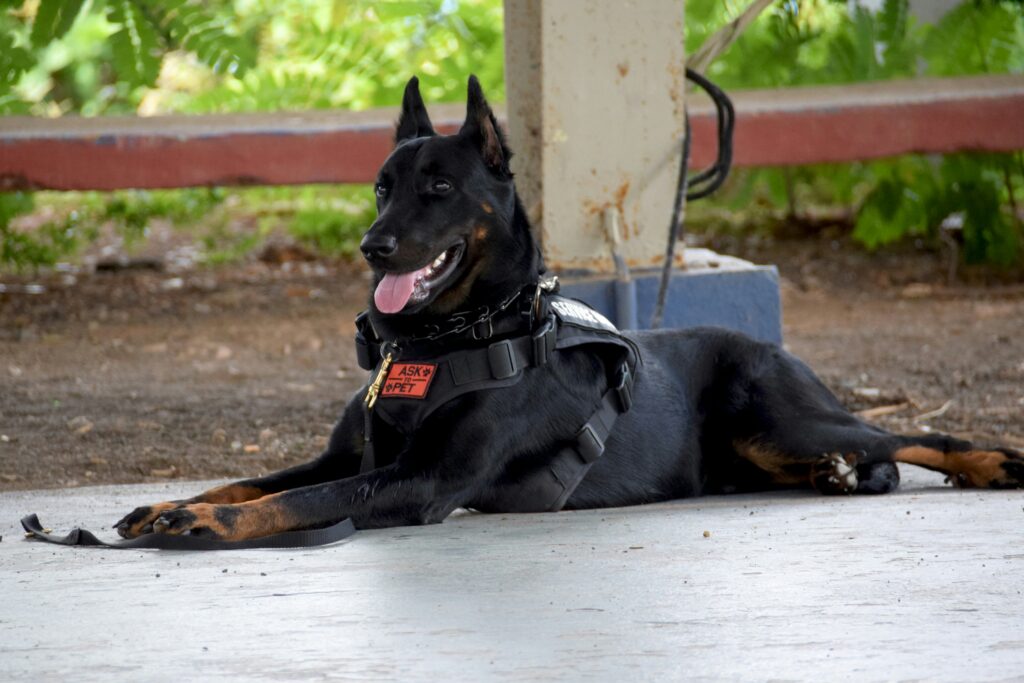
Working in the Field
Dog handlers operate in a wide range of environments:
- Conflict Zones: Afghanistan, Iraq, Mali — dogs have saved countless lives by detecting hidden explosives
- Domestic Bases: Guard duties, vehicle checks, crowd control
- Counter-terrorism Ops: Urban raids, airport sweeps, VIP security
- Special Forces Support: Tracking fugitives, clearing compounds, detecting hidden threats
Handlers often live and train with their dogs, developing trust and communication that is second to none. This bond is not just professional — it’s deeply emotional.
Real Story: Lance Corporal Sarah Wiles & Max
“In Helmand Province, Max alerted me to an IED buried just inches from our path. It would’ve taken out my whole patrol. We saved lives that day. I owe him everything.”
After deployment, Max was retired early due to injury. Sarah later adopted him, saying, “You can’t leave a comrade behind.”
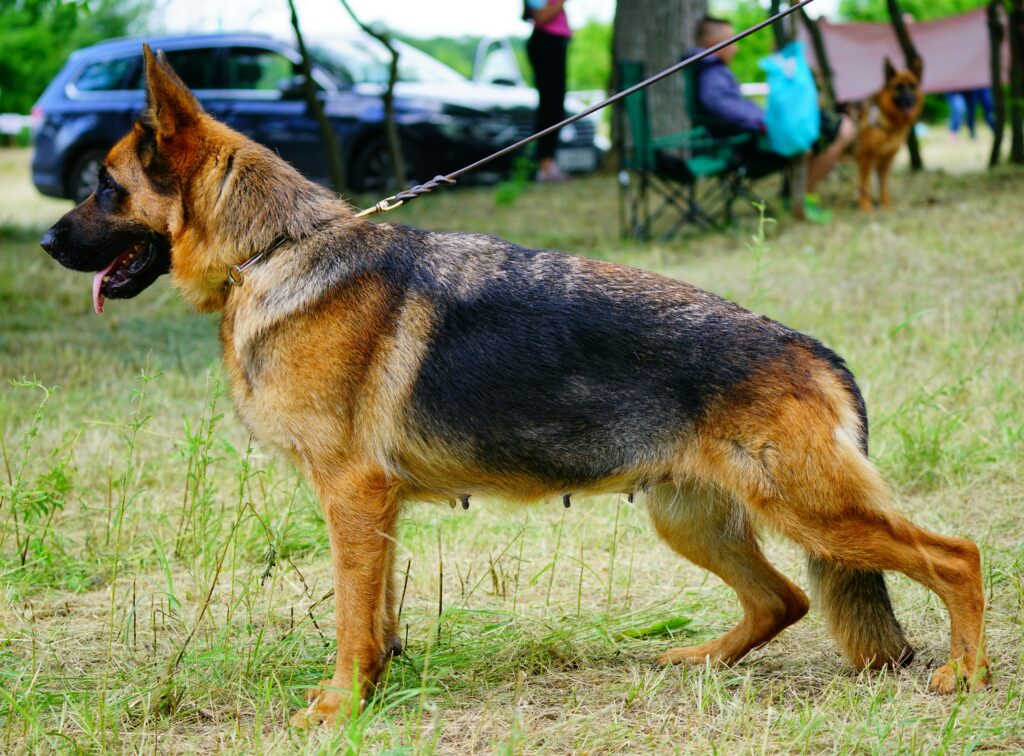
The Human-Canine Bond
The connection between handler and dog is profound:
- Dogs are not just tools — they are team members
- Handlers learn to read subtle cues in body language and vocal tones
- Dogs learn to trust only their handler’s commands, even under gunfire or explosions
- Many handlers adopt their dogs post-service, forming lifelong bonds
This relationship is built on constant training, affection, and mutual reliance. In the field, a dog may be a soldier’s first and last line of defence.
Career Progression
Military dog handling offers a long-term career for those passionate about working animals:
- Promotion within RAVC or RAF Police ranks
- Instructor roles at DATR or other training centres
- Transfer to UK Border Force, police, or private security roles post-service
- Employment in search-and-rescue organisations or dog behaviour consultancy
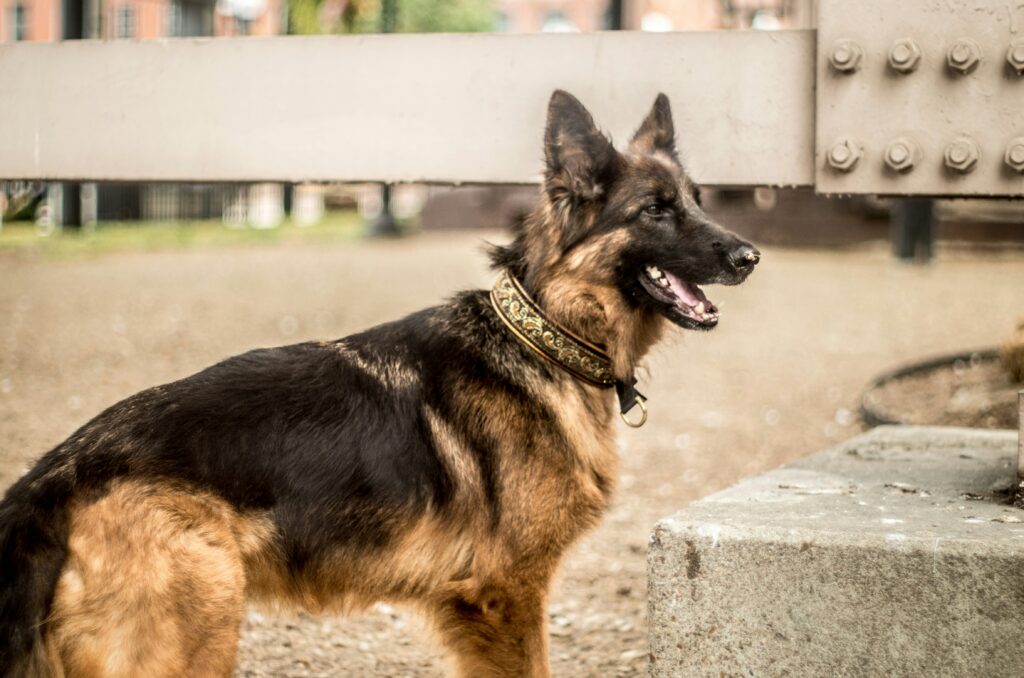
Challenges and Risks
- Heat, gunfire, explosions — dogs and handlers operate under intense conditions
- Physical demands — constant training, lifting, and running
- Emotional toll — watching canine partners injured or lost in the line of duty
- Short canine careers — most military dogs retire after 8–10 years due to stress or injury
Despite the risks, most handlers describe the job as the most rewarding role in the Forces.
Welfare and Retirement
- Military dogs receive veterinary care, quality food, and structured routines
- When retired, they are assessed for adoption
- Priority is given to their handler or military families
- Retired dogs often continue working in civilian detection roles or enjoy life as companions
The Animal Welfare Act (2006) ensures that MWDs are treated with dignity and care during and after service.
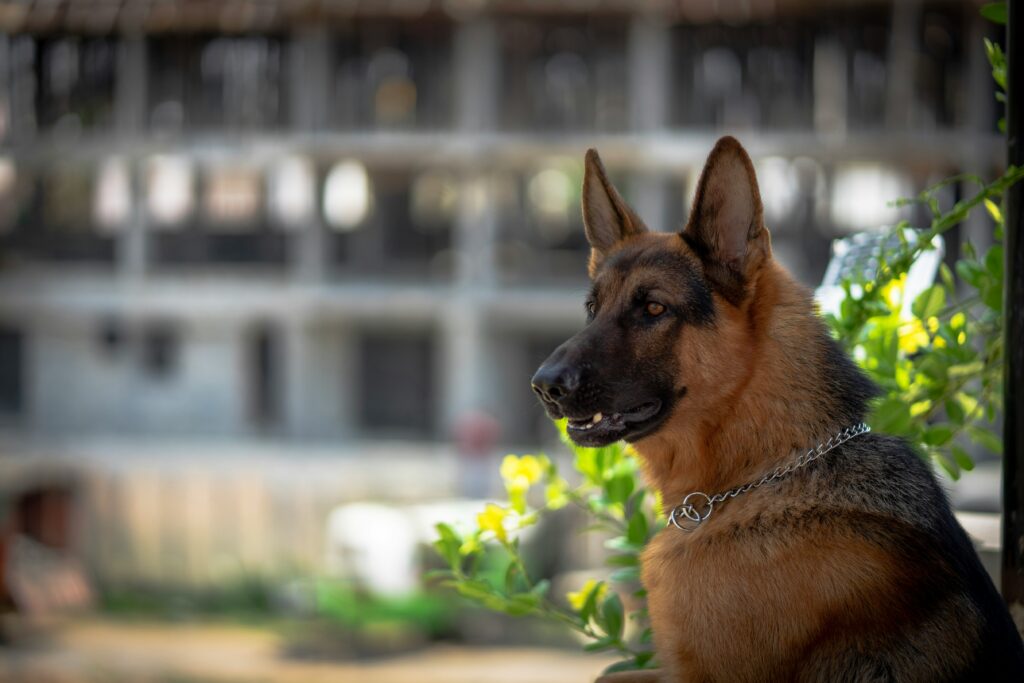
Salary and Benefits
- Starting salary (Army/RAVC): ~£18,500–£21,000
- With experience: £25,000–£35,000+ with rank progression
- Deployment Pay: Additional allowances
- Free training in animal care and welfare
- Opportunities for qualifications in dog behaviour, veterinary support, and security
Conclusion
Military Dog Handlers are more than trainers — they are partners to some of the most loyal, intelligent, and life-saving animals in the Armed Forces. Whether uncovering hidden bombs or protecting bases, their work combines discipline, empathy, and bravery.
They serve with one hand on a leash and the other ready to fight, trusting that their four-legged comrade will never let them down.
